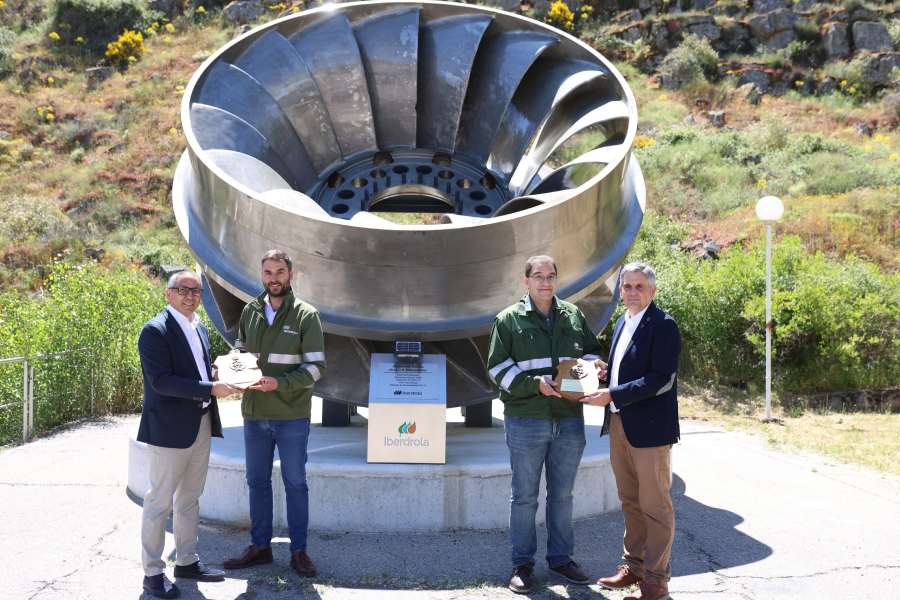DOURO RIVER BASIN: OUR HYDROELECTRIC POWER STATIONS
Aldeadávila, the hydroelectric power station with the highest production in Spain, is strategically located in the Douro River basin
Iberdrola España has a presence in eight hydroelectric plants and three mini-hydroelectric plants in the basin of the Douro River, the largest hydrographic basin in the peninsula, as it passes through Castile and León. More than 2,187 MW of installed capacity with the capacity to offer sustainable energy to almost one and a half million families, with the Aldeadávila dam and the Saucelle dam being the most important producers.
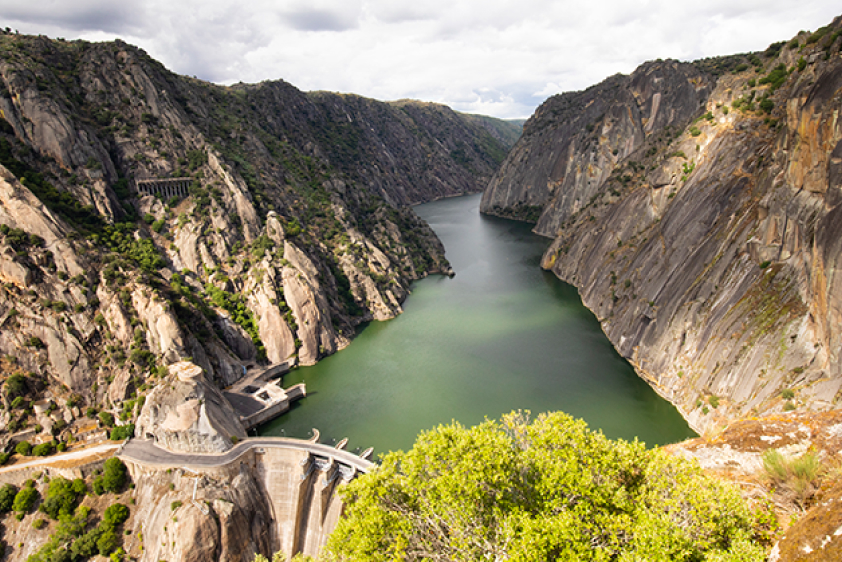
HYDROELECTRIC PLANTS IN THE DOURO BASIN




The Douro River is located in the northwest of the Iberian Peninsula. It rises at an altitude of 2,228 metres in the Picos de Urbión, in the province of Soria, and begins a journey of 897 km through Burgos, Valladolid and Zamora until it crosses into Portugal from the province of Salamanca and finally flows into Oporto. With a total of 97,290 km², it has the largest peninsular hydrographic basin, of which 78,952 km² correspond to Spanish territory and 18,238 km² to Portuguese territory. Iberdrola España harnesses this water resource through the Douro reservoirs, its dams and hydroelectric plants, generating sustainable hydroelectric energy in the basin and creating a great benefit for the surrounding communities in Castile and León.
Iberdrola España has a presence in eleven hydroelectric power plants and three mini-hydroelectric power plants on the Douro River. The most important complexes are located in the lower section of the basin: Aldeadávila and Saucelle, in the province of Salamanca, and Villalcampo and Castro, in Zamora. Adding the smaller plants of Puerto Seguro, in Salamanca, Pereruela and San Román, in Zamora, we have a total installed capacity of 3,345 MW. The electricity generated by this set of infrastructures along the Douro River is estimated to be able to provide clean, cheap, renewable energy to almost one and a half million homes in Spain.
Douro Reservoirs
The Douro flows for almost 100 kilometres along the border between Spain and Portugal, known as the Arribes del Duero, where it winds its way through rock walls over 400 metres high, the result of the river's millennia-long erosion. This scenery offers optimal conditions for reservoirs and dams, as well as waterfalls and dams, which facilitate the regulation and control of water levels in its different sections and guarantee its accessibility throughout the year.
At the same time as reservoirs respond to priority uses of the population such as supply or irrigation, these engineering works allow the potential energy of bodies of water at different heights to be harnessed, generating clean and renewable electricity. In some cases, this energy can also be stored by means of pumping technology, contributing to the flexibility of renewable energy production and guaranteeing its integration into the system.
Iberdrola España is active in three reservoirs on the Douro. Following the downstream direction of the river: Villalcampo, Castro, Aldeadávila and Saucelle.
Villalcampo Reservoir
The Villalcampo reservoir, known as the Villalcampo dam or waterfall, is located 6 km from the town of the same name in the province of Zamora, and was originally built to provide accommodation for the families of the workers who built it. This reservoir, inaugurated in 1949, has a total capacity of 66 hm³ of water and a surface area of 445 hectares (ha).
Castro Reservoir
The Castro reservoir, better known as the Castro dam or waterfall, is located very close to the town of Castro de Alcañices, in the province of Zamora, next to the village of Salto de Castro, built in its day to provide shelter for the families of the workers who built the dam. Inaugurated in 1952, the reservoir has a total capacity of 27 hm³ of water and a surface area of 180 ha.
Aldeadávila Reservoir
The Aldeadávila reservoir is located in the middle course of the Douro River, 7 km from the Salamanca town of Aldeadávila de la Ribera, on the border between Spain and Portugal. The reservoir, whose construction was completed in 1963, has a total capacity of 114 hm³ of water and a surface area of 364 ha.
The reservoir supplies the local population and is used for boating activities. Aldeadávila also has a unique and popular arch-gravity dam, located in a canyon in the Arribes del Duero Natural Park, with a height of almost 140 metres and a crest length of 250 metres, the construction of which represented one of the most important milestones in the history of Iberdrola in Spain.
Saucelle Reservoir
The Saucelle reservoir is located in the middle course of the Douro River, 8 km from the Salamanca town of Saucelle, also following the border between Spain and Portugal. The reservoir has the Saucelle dam, a gravity dam with a maximum height of 83 metres, located next to the village of Salto de Saucelle, which was also built to provide shelter for the families of the workers who built it.
This reservoir, opened in 1956, has a total capacity of 181 hm³ of water and a surface area of 589 ha.
(*) All the data provided on reservoir capacity and surface area come from the specialised website embalses.net.

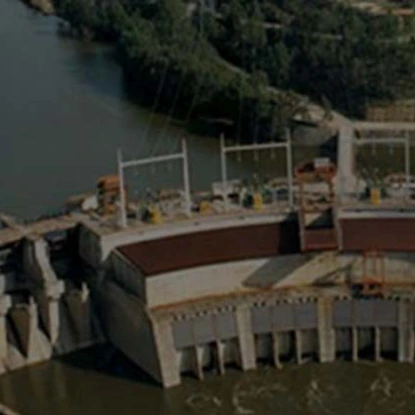
Albufeira Agreement
Hydroelectric Power Stations of the Douro River Basin
Our most important hydroelectric power stations on the Douro River are located in the lower section of the basin. In the province of Zamora we have the Villalcampo I and Villalcampo II plants (municipality of Villalcampo) and the Castro I and Castro II plants (Fonfría), and in the province of Salamanca we have the Aldeadávila I and Aldeadávila II plants (Aldeadávila de la Ribera) and the Saucelle I and Saucelle II plants (Saucelle). In addition, Puerto Seguro, in Puerto Seguro (Salamanca), and Pereruela and San Román, in San Román de los Infantes (Zamora).
Our commitment to sustainability and the promotion of renewable energies is reflected in this commitment to hydroelectric generation in the Douro basin. In addition to providing a clean and affordable source of electricity, the construction, management and maintenance of all these hydraulic infrastructures has a significant positive impact on the area: generating local jobs, stimulating the economy, strengthening the infrastructure and promoting sustainable development in the community of Castile and León.
Aldeadávila I and Aldeadávila II
Aldeadávila, the hydroelectric complex with the highest production in Spain, is made up of two underground power stations: Aldeadávila I, commissioned in 1962 with a gross head of almost 138 metres, and Aldeadávila II, in operation since 1986 with a gross head of almost 114 metres.
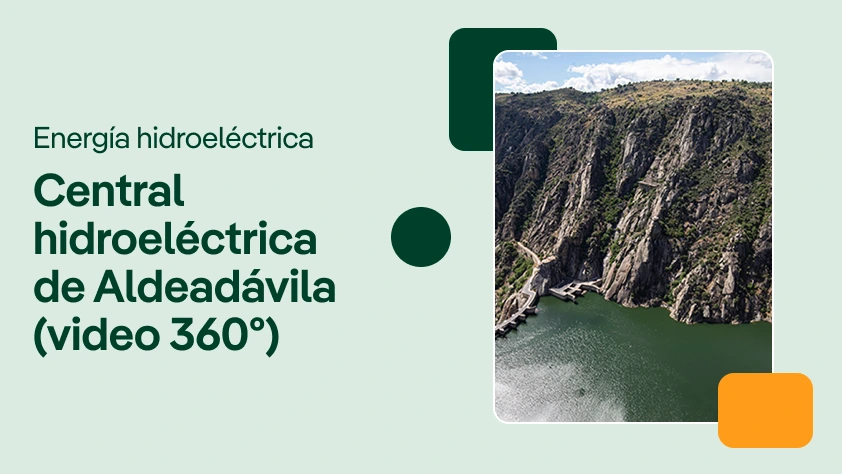
A tour of Iberdrola España's hydroelectric plant in Aldeadávila, on the banks of the Duero River, where one of the largest dams in Europe is located. (Spanish version)
The first plant has 809,71 MW installed, which is divided into six generator sets, while the second has 432,93 MW with two pumped-storage generator sets, totalling almost 1,242.64 MW, making Aldeadávila one of the largest generators of renewable electricity in Spain, enough to supply almost 800,000 homes.
The Aldeadávila hydroelectric power station, located in the Duero Basin, key to the recovery of the blackout in Spain
The Aldeadávila hydroelectric power station played a crucial role in the restoration of electricity supply in Spain following the blackout on 28th April 2025. Located in the Duero basin, its unique large-scale storage system through pumped hydro and operational flexibility enabled the rapid restoration of power to the most affected areas, particularly for the replenishment of the electricity grid that connects with the French energy system.
This was only made possible because the power station is equipped with an autonomous start-up system, known as "black start", which allows it to restart without any external support. This process can be carried out through a battery system, autonomous generators, or by using the water flow from its own dams.
Thus, in situations where external power is disconnected, these facilities are capable of producing the first energy used to progressively restart other generation plants, in a coordinated manner with the protocols established with the state operator, Red Eléctrica Española (REE). Without the hydroelectric energy produced by the Aldeadávila power station, the restoration of electricity supply on 28th April would not have been possible within the same timeframe.
Saucelle I and Saucelle II
With the dam known as Salto de Saucelle in operation since 1956, the Saucelle complex consists of two hydroelectric power stations: a semi-external one, Saucelle I, inaugurated in 1956 with a 62-metre waterfall, and an underground one, Saucelle II, added in 1989 with a 59-metre waterfall.
The installed capacity of the Saucelle I plant is 250,55 MW and of the Saucelle II plant 269,12 MW, making a total installed capacity of 519,67 MW, renewable energy capable of benefiting some 367,500 households.
Villalcampo I and Villalcampo II
The Villalcampo reservoir has a gravity-type dam, with a height of 50 metres and a crest of 315 metres, and two hydroelectric power stations, Villalcampo I and Villalcampo II, located in the vicinity of Villalcampo and Moral de Sayago.
The installed capacity at Villalcampo I is 98,76 MW and at Villalcampo II 119,05 MW, making a total installed capacity of 217,81 MW, renewable electricity for more than 150,000 households.
Castro I and Castro II
The Castro reservoir has a buttress dam 55 metres high, which was commissioned at the end of 1952, when the Castro I power station began operating. In 1974 the dam was enlarged and the Castro II power station came into operation, installed on the left bank downstream of the dam on the River Douro.
The installed capacity of the Castro I plant is 84,38 MW and of the Castro II plant 112.89 MW, making a total installed capacity of 197,27 MW, capable of benefiting more than 137,000 households.
Puerto Seguro
Puerto Seguro is a historic outdoor mini hydroelectric power station, inaugurated in 1903, with a waterfall of the same name, 88 metres high, located in the Douro river basin as it passes through the town of Puerto Seguro in Salamanca, under a concrete gravity dam 7.7 metres high.
The installed capacity of the Safe Harbour plant is 0.67 MW.
Pereruela and San Román
The San Román dam, a masonry dam almost 4 metres high located on the Douro river passing through the town of San Román de los Infantes in Zamora, has two external mini-hydroelectric power stations. San Román, commissioned in 1969 with a head of 14 metres and an installed capacity of 5.6 MW, and Pereruela, in operation since 1993 and with an installed capacity of 3.35 MW.
Iberdrola España's hydroelectric plants in other basins
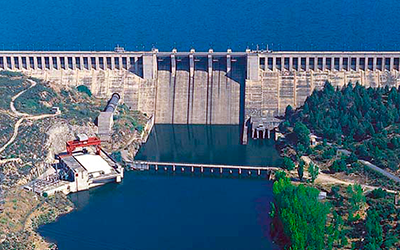
Hydroelectric power plants in the Alagón basin
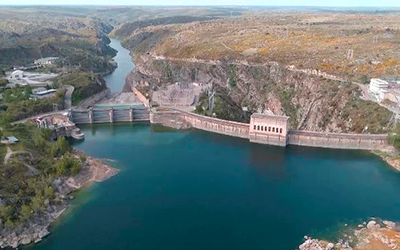
Hydroelectric power plants in the Esla basin
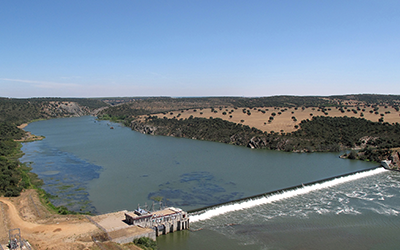
Hydroelectric power plants in the Ebro-Cantabrian basin
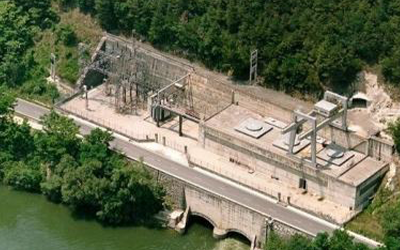
Hydroelectric power plants in the Miranda-Barazar basin
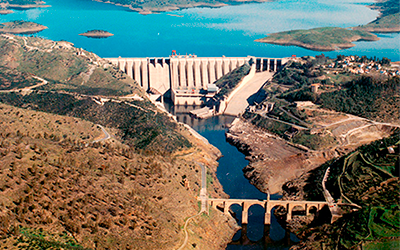
Hydroelectric power plants in the Tagus basin
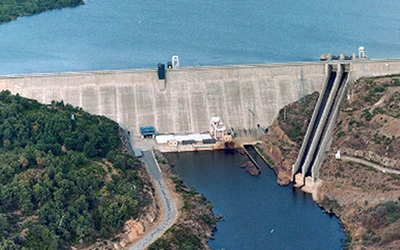
Hydroelectric power plants in the Tera basin
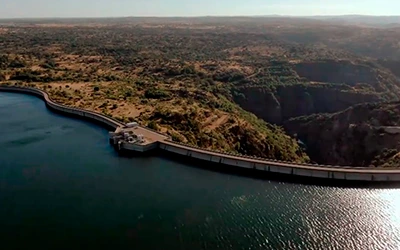
Hydroelectric plants in the Tormes basin
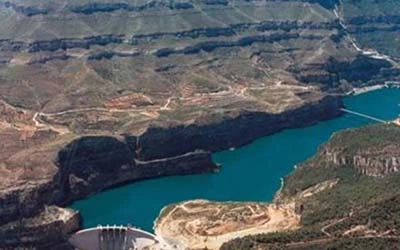
Hydroelectric power plants in the Júcar basin
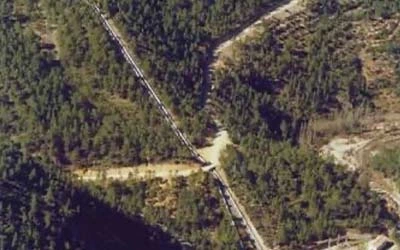
Hydroelectric power plants in the Cuenca basin

Hydroelectric power plants in the Sil basin
You may also be interested in
Related information




